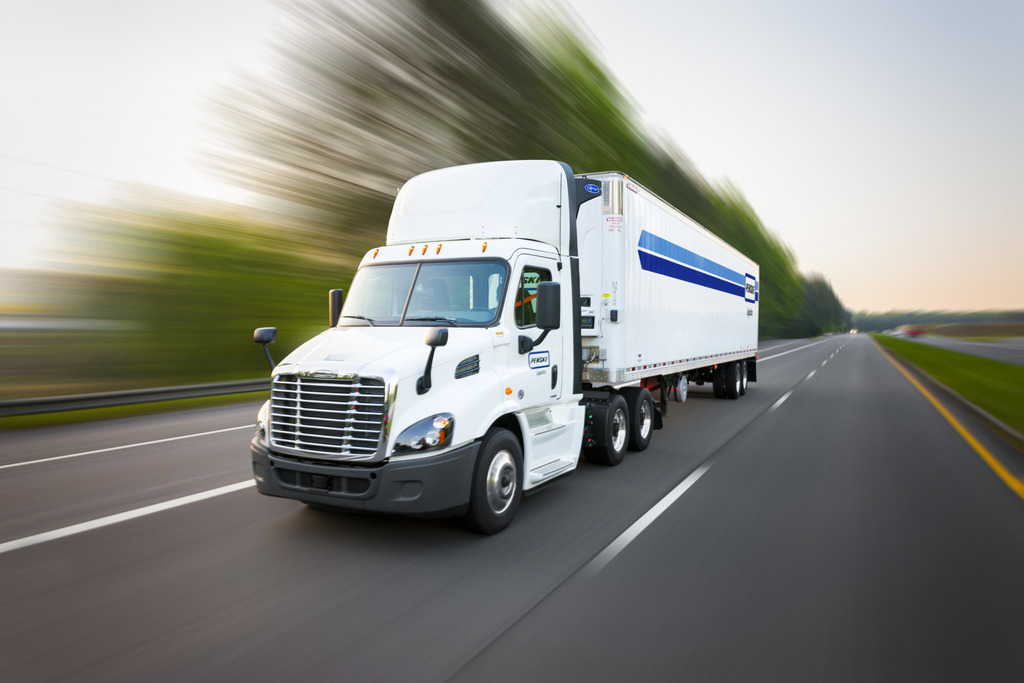Whether you’re moving for a lifestyle change, understanding the process can save you time, money, and headaches.
We’ll cover everything from preparing furniture for transport to avoiding common mistakes.
Let’s dive into the world of interstate relocation and uncover what it really takes to move to another state.
Understanding the Scope of Interstate Moving
When you cross state lines, your move falls under federal regulations, typically overseen by the FMCSA (Federal Motor copyright Safety Administration).
For example, some states have agricultural checks, item bans, or specific rules on transporting vehicles.
Most importantly, the logistics are more complex: multi-day delivery windows come into play.
How to Select the Right Interstate Moving Company
Selecting the leia mais right interstate moving company is crucial for a successful relocation. Start by checking for proper licenses and insurance—legitimate companies must have a USDOT number issued by the Department of Transportation.
Request detailed quotes from at least three companies.
Trust your instincts: if something feels off or too good to be true, it probably is.
Factors That Influence Interstate Moving Costs
Timing matters too: moving during peak seasons like summer or holidays can drive prices up by 20–30%.
Additional services can also raise the bill.
Lastly, access conditions impact costs.

Step-by-Step Guide to Organizing a Long-Distance Move
Break tasks into weekly checklists: research movers, declutter your belongings, gather packing materials, and notify schools, banks, and utilities.
Inventory management is key.
Finally, prepare an essentials kit for the days surrounding your move.
Understanding Your Moving Options
Partial-service movers let you pack your own boxes while they handle transportation and heavy lifting, reducing costs.
Container services (like PODS) offer flexibility: you load the container yourself, and the company transports it across state lines.
When comparing services, consider your priorities: Do you value convenience or budget?

Top Pitfalls in Long-Distance Moves
One of the biggest mistakes in interstate moving is underestimating time and effort.
Always verify USDOT numbers, insurance policies, and read contracts carefully before committing.
Using cheap boxes, skipping labels, or failing to protect fragile items increases the risk of breakage.
Budget-Friendly Strategies for Interstate Relocation
Every extra pound adds to the total bill, so sell, donate, or recycle items you no longer need.
Some movers offer price matching, discounts for flexible dates, or savings for booking during off-peak seasons.
Lastly, consider doing part of the work yourself.
Wrapping Up Your Interstate Moving Journey
In summary, a successful interstate move depends on careful planning, smart budgeting, and choosing the right service providers.
Investing time in research, comparing services, and preparing in advance pays off during a long-distance relocation.
As you get ready to embark on your interstate move, stay organized, communicate clearly with your movers, and keep your goals in sight.
Common Questions on Long-Distance Moves
What’s the cheapest way to move between states?
You can also pack and load yourself to cut labor costs while hiring movers only for transport.
What’s the best timeline for booking interstate movers?
It’s best to book movers at least 6–8 weeks in advance, especially during busy seasons.
Are there things I can’t include in an interstate move?
Always check with your moving company for a detailed list of prohibited items.
How is interstate moving insurance calculated?
You can purchase full-value protection for higher-value items or third-party insurance for extra peace of mind.
Do movers provide tracking for long-distance relocations?
Staying informed reduces anxiety and helps you plan for delivery day.